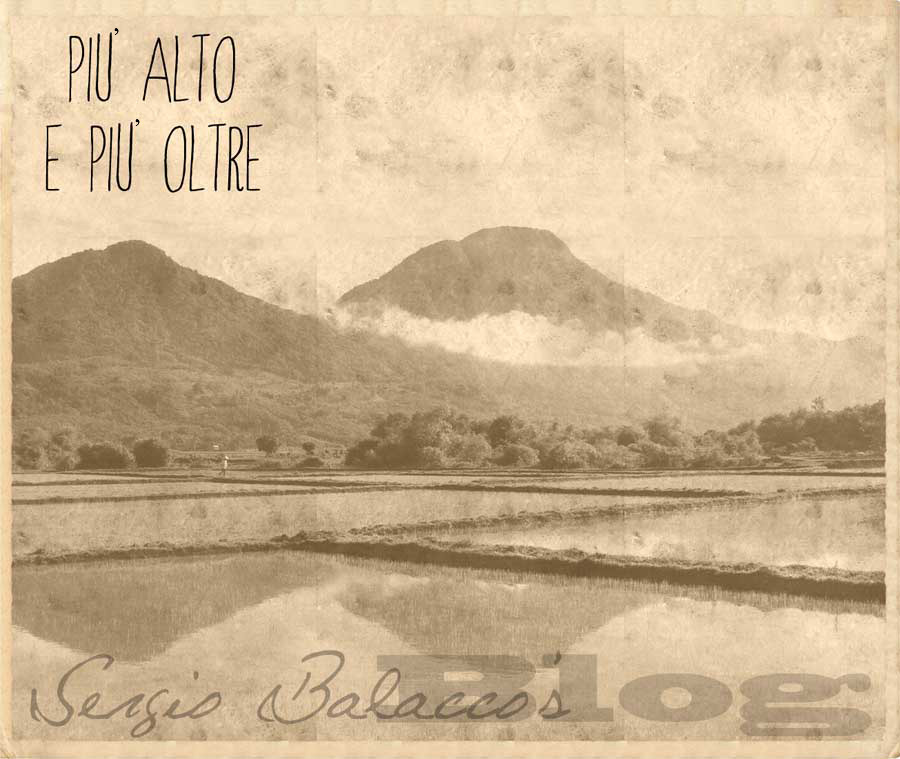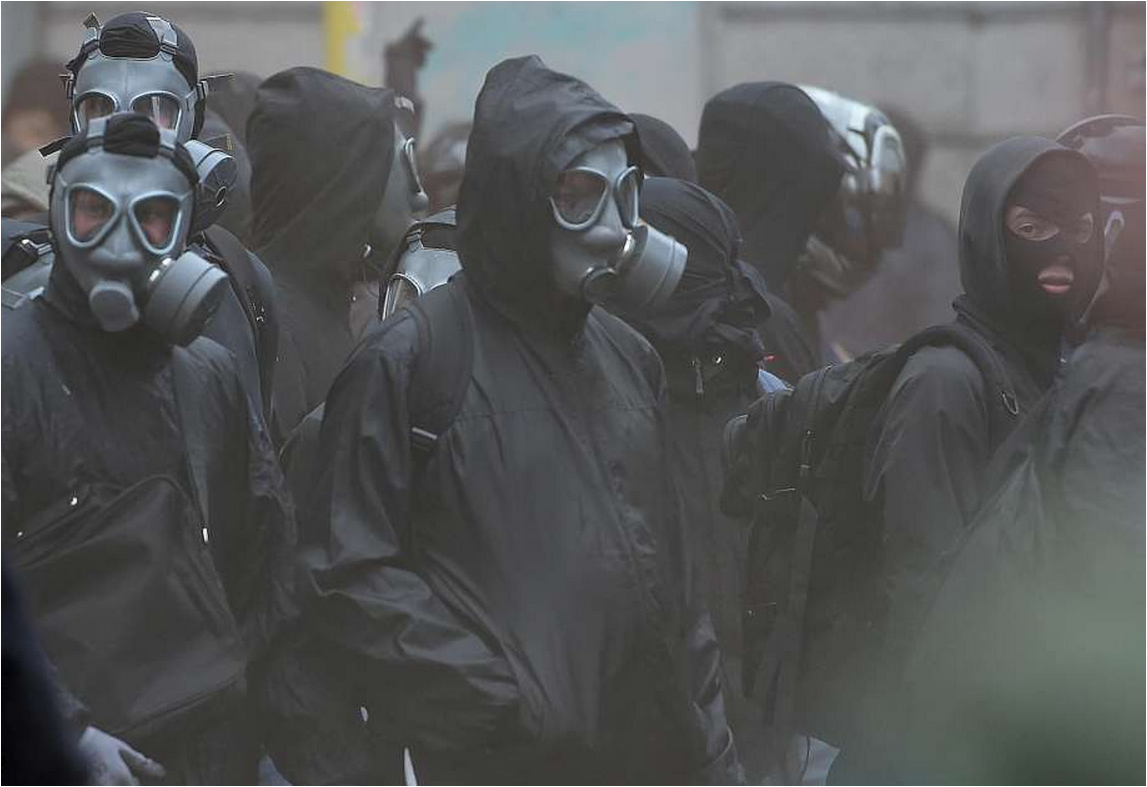A few days ago, a friend asked me to help compile a CV that could be aggressive enough to find a new job. Of course I, having trained as an engineer as well as a writer, I cared mainly the professional aspect but also the image, not going into what could be the specific experiences. Because it was not my experiences, but his, I decided that he was solely responsible for what he had written.
Only one word had left me doubtful: Kanban. The reason was due to the fact that the CV seemed written or copied hastily and I, not knowing all the specific terms of his job, I thought it was simply a word badly copied and transcribed worsely. Instead Kanban exists, and learn about the aspects of this process saves time and money to those who apply. Let's read together the explanation and its applications.
The Kanban Method
In the late 1940s, Toyota found a better engineering process from an unlikely source: the supermarket. They noticed that store clerks restocked a grocery item by their store’s inventory, not their vendor’s supply.
Only when an item was near sellout did the clerks order more. The grocers’ “just-in-time” delivery process sparked Toyota engineers to rethink their methods and pioneer a new approach—a Kanban system—that would match inventory with demand and achieve higher levels of quality and throughput.
So how’d they do all that?
In simplest terms, by better communication through visual management.
Kanban is Japanese for “visual signal” or “card.” Toyota line-workers used a kanban (i.e., an actual card) to signal steps in their manufacturing process. The system’s highly visual nature allowed teams to communicate more easily on what work needed to be done and when. It also standardized cues and refined processes, which helped to reduce waste and maximize value.
A new application of Kanban emerged for knowledge work as early as 2005, and an inquisitive community formed in 2007 around the leadership of David J. Anderson, Jim Benson, Corey Ladas and others. Their resulting body of knowledge was influenced not only by the Toyota Production System but also by the work of W. Edwards Deming, Eliyahu Goldratt, Donald Reinertsen and other thought leaders.
Kanban Today and Why it Works
Today’s workforce may be armed with retina-worthy smartphones and tablets, but plenty of information still comes our way as words on a screen. Emails, spreadsheets, task lists—text is everywhere. While it fits certain scenarios, textual information is not a one-size-fits-all communication vehicle. Its effectiveness is lower than you might think.
It starts with your brain.
A picture is worth a thousand words for scientific reasons: The brain processes visual information 60,000 times faster than text. Forty percent of all nerve fibers connected to the brain are linked to the retina. Visual information comprises 90 percent of the data that comes to our brain, suggesting that our neurological pathways might even prefer pictorial displays over text.
Kanban helps you harness the power of visual information by using sticky notes on a whiteboard to create a “picture” of your work. Seeing how your work flows within your team’s process lets you not only communicate status but also give and receive context for the work. Kanban takes information that typically would be communicated via words and turns it into brain candy.
Four Core Kanban Principles
Unlike other methods that force fit change from the get-go, Kanban is about evolution, not revolution. It hinges on the fundamental truth that you can’t get where you want to go without first knowing where you are.
Kanban is gaining traction as a way to smoothly implement Agile and Lean management methods in tech and non-tech companies around the world. Throughout this fresh take on Toyota’s manufacturing process, Kanban’s core elements have remained rooted in the principles below. (Note: There are many ways to define Kanban. Our intent in listing the core elements in this manner is not to introduce a new definition but to distill the common principles.)
1. Visualize Work
By creating a visual model of your work and workflow, you can observe the flow of work moving through your Kanban system. Making the work visible—along with blockers, bottlenecks and queues—instantly leads to increased communication and collaboration.
2. Limit Work in Process
By limiting how much unfinished work is in process, you can reduce the time it takes an item to travel through the Kanban system. You can also avoid problems caused by task switching and reduce the need to constantly reprioritize items.
3. Focus on Flow
By using work-in-process (WIP) limits and developing team-driven policies, you can optimize your Kanban system to improve the smooth flow of work, collect metrics to analyze flow, and even get leading indicators of future problems by analyzing the flow of work.
4. Continuous Improvement
Once your Kanban system is in place, it becomes the cornerstone for a culture of continuous improvement. Teams measure their effectiveness by tracking flow, quality, throughput, lead times and more. Experiments and analysis can change the system to improve the team’s effectiveness.












